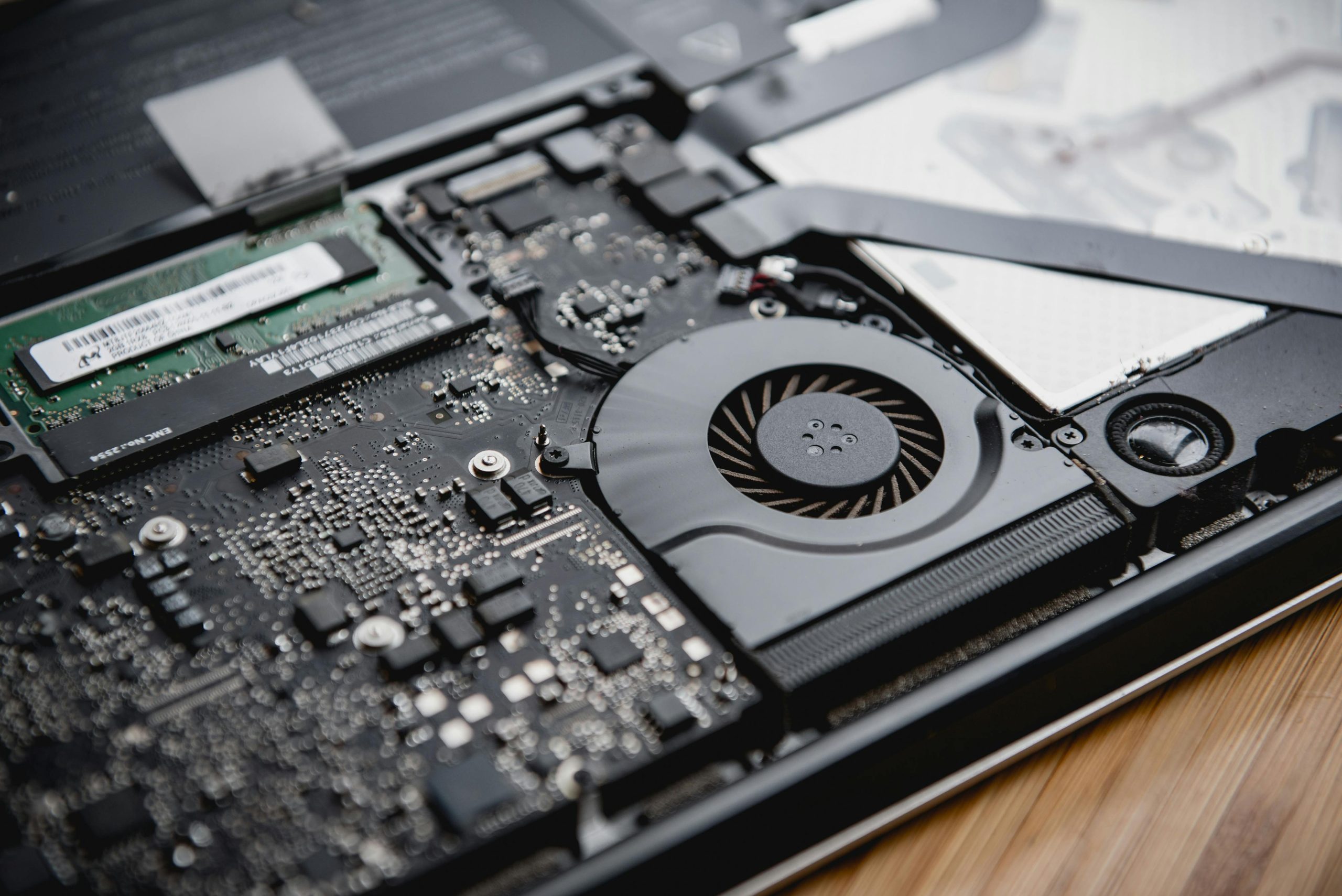Major Security Breach: Over 9,000 ASUS Routers Compromised by Resilient Botnet Attack
In a concerning development for cybersecurity, a large-scale attack has compromised more than 9,000 ASUS routers, marking a significant threat to home and business network security. The attack, attributed to an advanced botnet known as “AyySSHush,” was uncovered in March 2025 by the cybersecurity firm GreyNoise.
The hackers exploited authentication weaknesses within the routers and cleverly leveraged legitimate device features to create a persistent SSH backdoor. What sets this attack apart is the location of the backdoor—it resides in the router’s non-volatile memory (NVRAM). This strategic placement ensures that even firmware updates and device reboots cannot eliminate the hidden threat, thereby complicating traditional remedial actions.
As more details about this incident emerge, it’s imperative for ASUS router users to remain vigilant. Given the resilience of the backdoor, users are urged to apply immediate security measures and consider reviewing their network settings, as standard recovery methods may not suffice.
This incident serves as a stark reminder of the ever-evolving nature of cybersecurity threats and the need for proactive measures to protect our digital infrastructure. Stay informed and take action to safeguard your devices against potential vulnerabilities.
Share this content:




Important Security Advisory for ASUS Router Users
Thank you for sharing this critical update. The reported resilience of the SSH backdoor in ASUS routers is indeed concerning, especially since it persists despite firmware upgrades. Here are some recommended steps you can take to mitigate the risk: